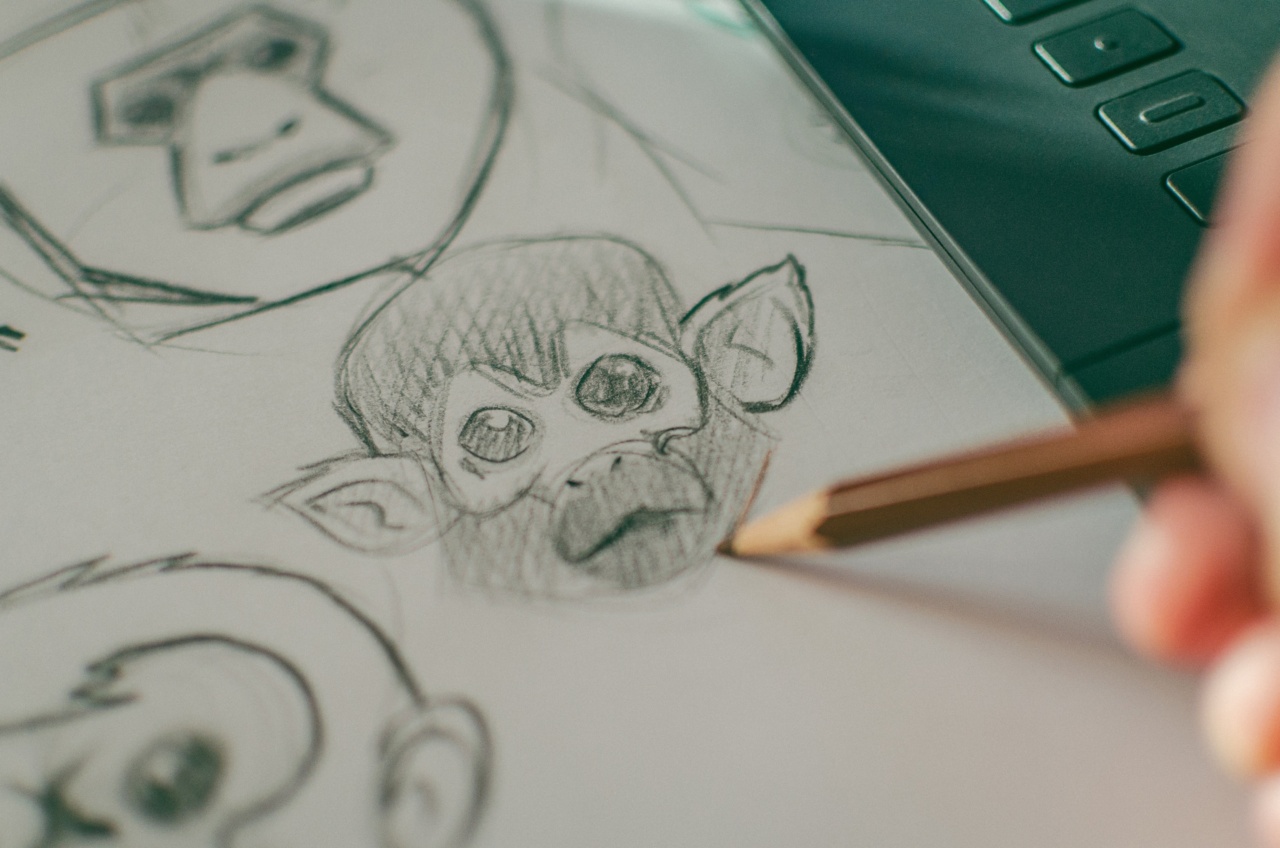Coronaviruses are notorious for their ability to hide in the human body and re-emerge months or even years later. This ability to “hide” makes them particularly challenging to diagnose and treat.
Moreover, coronaviruses are known to infect animals, which means they can jump from animal hosts to humans, contributing to pandemics like the one we’re currently experiencing.
The Coronavirus and Its Relationship with Monkeys
Although COVID-19 started as an epidemic caused by the SARS-CoV-2 virus, it is now a pandemic that infects millions of people worldwide.
Unfortunately, the virus’s origins are still not entirely clear, but it is believed to have originated in bats before jumping to an intermediary host, likely a pangolin or another small mammal. This is where the monkey business comes in. Studies have shown that the SARS-CoV-2 virus shares more than 96% of its genome with coronaviruses found in bats, but it also has similarities to viruses found in monkeys.
The ACE2 receptor in Monkeys and Humans
SARS-CoV-2 is a virus that uses a receptor called ACE2 to enter human cells. Interestingly, the ACE2 receptor in monkeys is very similar to that in humans, making monkeys an ideal animal model for studying the virus.
This similarity has allowed researchers to use monkeys to screen potential treatments and develop vaccines.
Why are Monkeys Infected with Coronaviruses?
Monkeys are among the animals that are commonly infected with coronaviruses, along with other mammals like cats and dogs. The reason why these animals are susceptible to the virus is still not entirely clear.
However, it is believed that their immune systems have evolved to fight other types of viruses and not coronaviruses specifically. This is why they can become infected with coronaviruses relatively easily.
The Role of Monkeys in Developing COVID-19 Vaccines and Treatments
The similarities between the ACE2 receptor in monkeys and humans have made monkeys an essential tool for developing COVID-19 treatments and vaccines.
Researchers have been using monkeys to test various drugs and vaccines for the virus, and the results have been very promising. For example, some of the vaccines that have been tested on monkeys have shown a robust immune response, indicating that they may be effective in humans as well.
How the Virus Hides in the Body
One of the most challenging aspects of coronaviruses is their ability to hide in the human body and re-emerge later. After a person is infected, the virus can enter their cells and integrate with their DNA.
It can then remain dormant for long periods, hiding from the immune system and avoiding detection. This can lead to “reactivation” of the virus months or even years after the initial infection.
Another way that the virus can hide is by “shedding.” This occurs when the virus is continually released from the body, even though the infected person is not showing any symptoms.
Shedding can allow the virus to infect others without anyone realizing it.
Diagnosing Hidden Coronaviruses
The ability of coronaviruses to hide in the human body makes them particularly challenging to diagnose. In many cases, they’re only discovered when an individual with a compromised immune system or other underlying medical condition becomes sick.
In these cases, doctors may suspect a re-emergence of a hidden coronavirus and run tests to confirm their suspicions. However, even with these tests, it can be challenging to determine whether a person’s symptoms are due to a re-emerging virus or another infection.
Treating Hidden Coronaviruses
The treatment of hidden coronaviruses can be challenging because it can be challenging to determine where the virus is hiding in the body.
In some cases, doctors may prescribe antiviral medication to try to target the virus, but this approach is not always effective. In other cases, doctors may prescribe medications to manage symptoms or to help the immune system fight the infection on its own.
Preventing Hidden Coronaviruses
The best way to prevent hidden coronaviruses is to take steps to prevent infection in the first place. This means washing your hands frequently, wearing a mask, and practicing social distancing.
It’s also important to avoid contact with people who are sick and to get vaccinated when a vaccine becomes available.
Conclusion
Coronaviruses are a family of viruses that are notorious for their ability to hide in the human body and re-emerge later. This ability makes them challenging to diagnose and treat, and it is a significant contributor to the current pandemic.
However, thanks to animal models like monkeys, researchers are making significant strides in developing vaccines and treatments for COVID-19.































